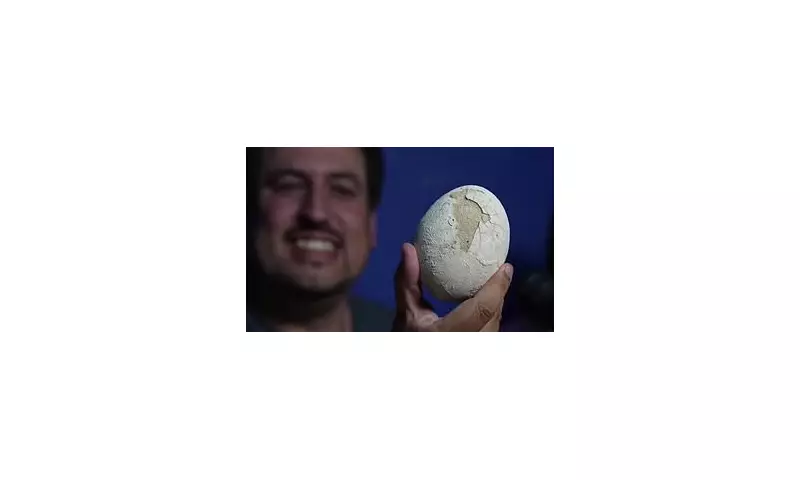
In an extraordinary paleontological breakthrough that has sent shockwaves through the scientific community, researchers in Argentina have unearthed a perfectly preserved dinosaur egg containing a complete embryo, estimated to be approximately 70 million years old.
The Remarkable Discovery
The exceptional fossil was discovered in the southern region of Neuquén, Argentina, where paleontologists have been conducting extensive excavations. What makes this find particularly significant is the unprecedented state of preservation, with the embryo showing remarkable detail rarely seen in fossil records.
Dr. Juan Pablo Caram, lead researcher on the project, described the discovery as "one of the most complete dinosaur embryos ever found," noting that "the level of preservation allows us to study features we've only been able to speculate about until now."
Scientific Significance
This remarkable specimen offers scientists an unparalleled opportunity to study dinosaur development and behaviour. The embryo's position within the egg provides crucial insights into how dinosaurs positioned themselves before hatching, potentially revealing new information about their reproductive biology.
The research team believes the egg belongs to a titanosaur, a group of long-necked sauropods that were among the largest land animals to ever walk the Earth. These colossal herbivores dominated the landscape during the Late Cretaceous period, just before the mass extinction event that wiped out non-avian dinosaurs.
Preservation Conditions
Experts suggest that the exceptional preservation resulted from a combination of ideal geological conditions, including rapid burial in fine sediment that prevented decomposition and oxygen exposure. The specific mineral composition of the surrounding rock also contributed to the fossilisation process that maintained the embryo's intricate details.
Future Research Directions
Scientists are employing cutting-edge technology, including high-resolution CT scanning and 3D modelling, to study the embryo without damaging the delicate specimen. This non-invasive approach allows researchers to examine internal structures and bone development with unprecedented clarity.
The discovery promises to reshape our understanding of dinosaur reproduction and embryonic development, potentially revealing new information about growth rates, skeletal formation, and the transition from embryo to hatchling in these magnificent prehistoric creatures.
As research continues, the scientific community eagerly anticipates what further secrets this remarkable 70-million-year-old time capsule might reveal about life during the age of dinosaurs.





